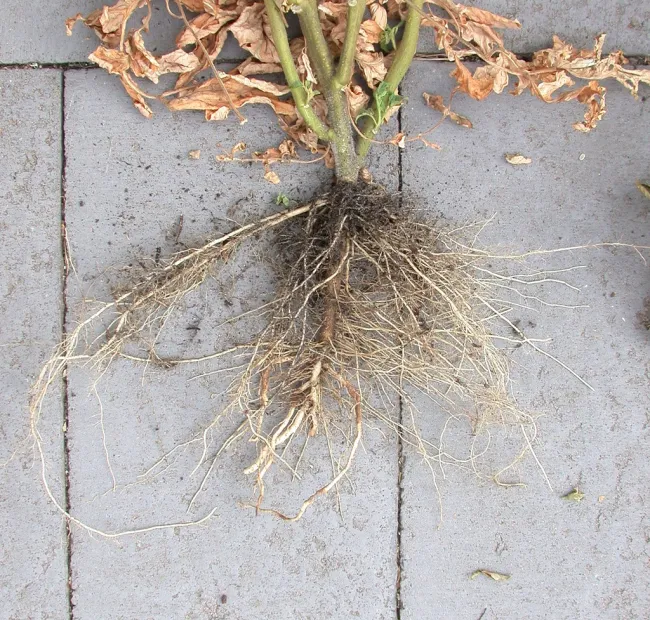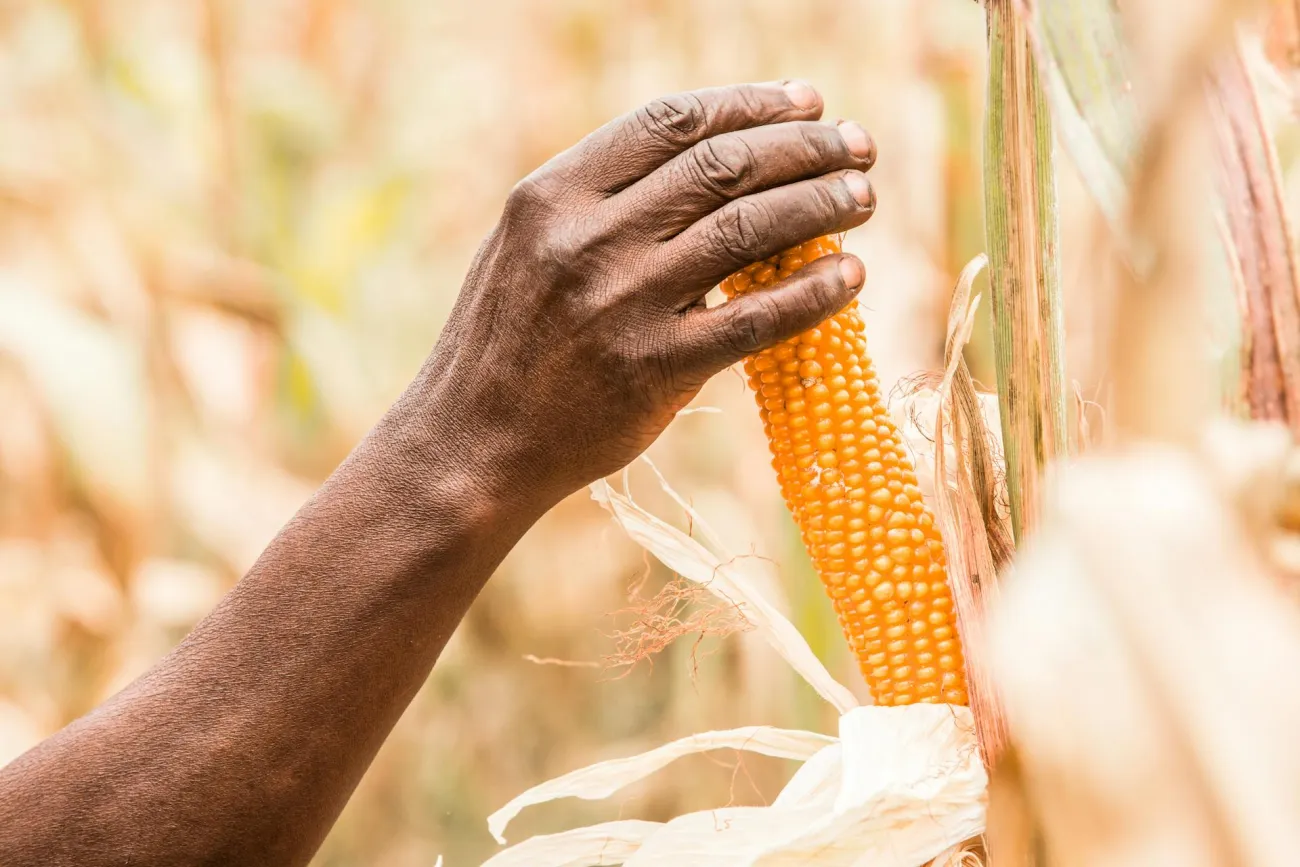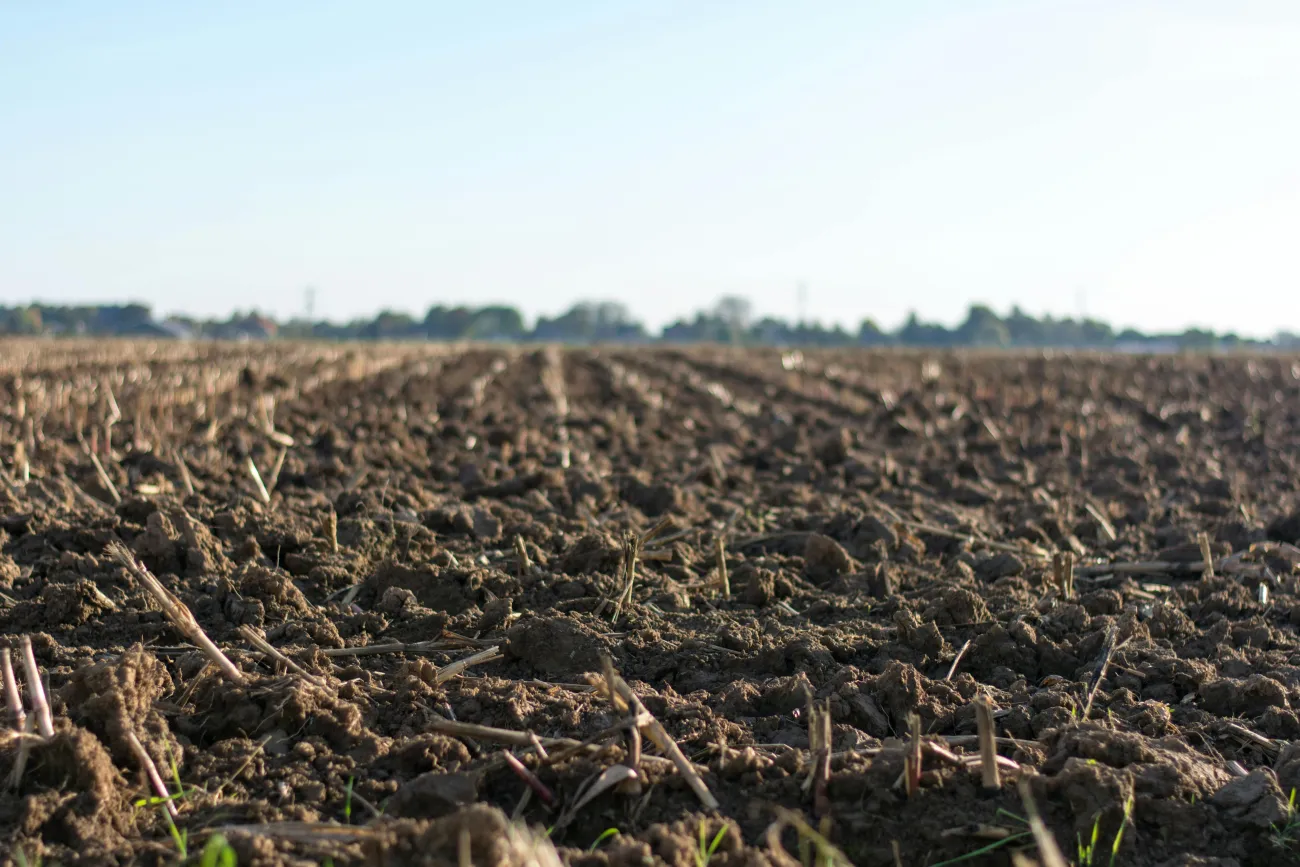This research brings together data from 389 field trials to determine how the root and shoot biomass, and carbon (C) stocks of major crops correlate to soil C in different environmental conditions. The analysis found all crops allocated more C to their shoots than roots. The greatest C allocation to roots was in grasses (which also had the highest plant biomass production).

This paper uses statistical methods to analyse data (from 42 journal articles) on soil organic carbon stocks (SOCs), plant C stocks, root and shoot stocks and their ratios, whilst taking into consideration environmental factors such as soil properties, annual precipitation and climate. The results show that oil and legume crops accumulate lower average biomass – because of the energy used to synthesise proteins – compared to fibre crops, cereals and grasses. Natural grasses have the highest biomass accumulation and root biomass because they are perennials with extensive root systems that are used as energy reserves. Annual crops typically have lower root biomass because they do not need to store energy in the same way. On average, plants allocate 76% of C stocks to shoots and only 24% to the roots. However, this depends on environmental conditions; for example, tropical climates have higher root C because of improved plant productivity as a result of the C4 photosynthesis pathway.
As more than 10% of all atmospheric carbon dioxide (CO2) passes through the plant-soil-atmosphere interface each year, the ability of plants to fix CO2 offers significant potential to reduce atmospheric C concentration. This study builds on research that shows root biomass and C are important determinants of SOCs; resulting from complex interactions between soil, plant and climatic factors. The authors conclude there is a need to compare different plants using more accurate techniques such as isotopic C labelling to follow C changes between plants/soils system and the atmosphere.
Abstract
Sequestration of atmospheric carbon (C) into soils is a strategy to compensate for anthropogenic emissions of carbon dioxide. The response of SOCs to crop types is yet to be determined under different environments. The objectives of this study were to elucidate the impact of crop type on the allocation of atmospheric C to shoots and roots, and ultimately to the soils and to determine its association with soil carbon stocks. Three hundred and eighty-nine field trials were compared to determine allocation of biomass and C in plants and SOCs under fields of different crop types. Grasses had the highest plant biomass production (19.80 ± 1.16 Mg ha−1 yr−1), followed by cereals (9.44 ± 0.45 Mg ha−1 yr−1), fibre (7.90 ± 1.00 Mg ha−1 yr−1), legumes (3.29 ± 0.63 Mg ha−1 yr−1), and oil crops (3.05 ± 1.16 Mg ha−1 yr−1) showing significant differences (p < 0.05). Maize (6.3 ± 0.34 Mg C ha−1 yr−1) had the highest plant C amongst summer crops, while wheat (2.2 ± 0.35 Mg C ha−1 yr−1) had the highest plant C amongst winter crops. In all the studies, crops allocated more C to their shoots than roots yielding root C: shoot C (Rc/Sc) ratios below magnitude. The greatest C allocation to roots was in grasses (Rc/Sc = 1.19 ± 0.08), followed by cereals (0.95 ± 0.03), legumes (0.86 ± 0.04), oil crops (0.85 ± 0.08), and fibre crops (0.50 ± 0.07). There was evidence that high plant C stocks were found in crops grown under carbon rich clayey soils of tropical humid areas. Natural grasses and cereals should be promoted as they appeared to yield greater potential for atmospheric carbon sequestration in plants and soils. Overall, the study evaluated the relative potential of the main crop types to sequester atmospheric C useful in screening of crop types for carbon efficiency and for development of plant C models.
Reference
Mathew, I., Shimelis, H., Mutema, M. and Chaplot, V., 2017. What crop type for atmospheric carbon sequestration: Results from a global data analysis. Agriculture, Ecosystems & Environment, 243, pp.34-46.
Read the full paper here (paywall).
You might also be interested in: Dynamics and climate change mitigation potential of soil organic carbon sequestration from the Journal of Environmental Management. The paper is a contribution to the Climate Change, Agriculture and Food Security (CCAFS) Low Emissions Agriculture research theme (link is external), focused on supporting agricultural development that reduces GHGs or sequesters carbon while improving the livelihoods of smallholder farmers.
You can also search for resources on soil carbon sequestration. The FCRN has produced its own more accessible briefing paper on soil carbon sequestration which can be read here.
Finally, you may want to watch this webinar on the subject, entitled: The Technical Potential of Soil Carbon Sequestration, available here.




Comments (0)